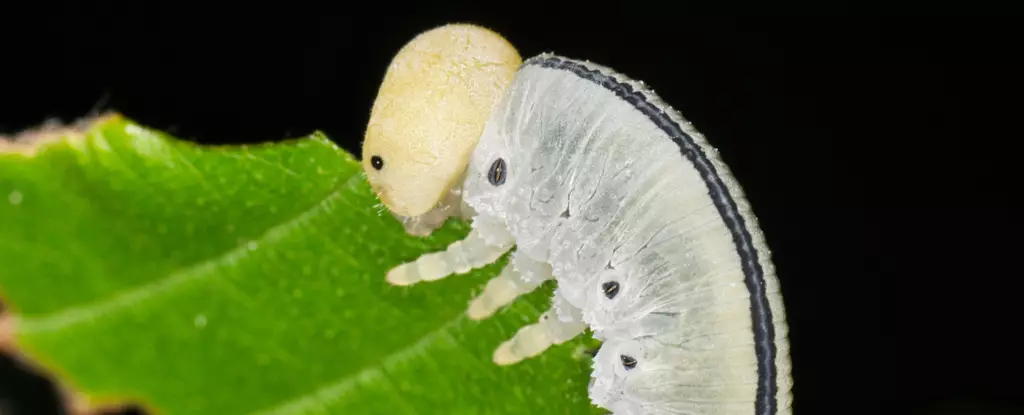A recent study conducted by researchers from the Chinese Academy of Sciences has shed light on the impact of artificial lighting on insect herbivory. The researchers found that lighting up our nightscapes can make plants tougher to chew on, leading insects to seek food elsewhere or go hungry. This phenomenon has significant implications for insect populations and entire ecosystems.
The study focused on two common tree species in Beijing – Japanese pagoda and green ash – that grew along brightly illuminated major roads. The researchers collected almost 5,500 leaves from these trees and measured various leaf features, such as toughness, nutrient levels, and signs of insect damage. They discovered that artificial light at night resulted in increased leaf toughness and decreased levels of insect herbivory for both tree species.
The researchers observed a direct relationship between light exposure levels and leaf toughness, indicating that plants invest energy derived from streetlights into building greater defenses against insect predators. This reduction in insect activity can lead to a trophic cascade, affecting nutrient cycling in ecosystems. Leaves with higher toughness decompose slower, further disrupting the nutrient cycle.
Insects play a crucial role in ecosystem functioning, and any decline in insect populations can have far-reaching consequences. The researchers warn that the decline in insect herbivory is a global pattern that has been observed over recent decades. It is essential to pay more attention to this trend and conduct further research to understand the full extent of the impact of artificial lighting on insect populations.
The study highlights the importance of considering the effects of artificial lighting on insect herbivory. The findings demonstrate that light pollution can have profound effects on insect populations and ecosystem dynamics. As we continue to illuminate more of the planet’s surface, it is crucial to understand and mitigate the impact of artificial lighting on insect populations to preserve the health of our ecosystems.

Leave a Reply